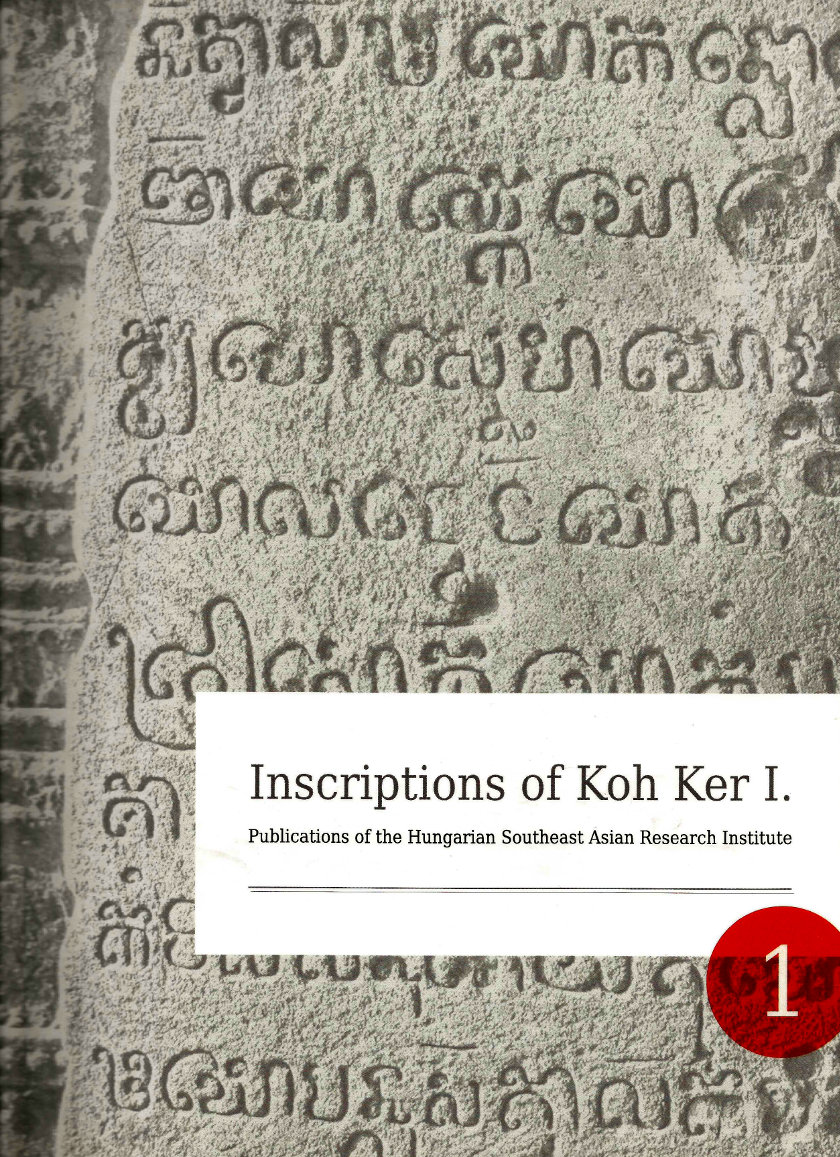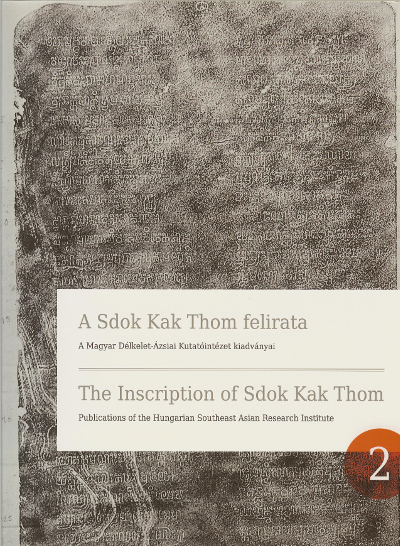Epigraphy
In parallel with the archaeological exploration of Koh Ker, the Sanskrit and Old Khmer inscriptions there are being translated and interpreted at the Institute. Prasat Krachap, the temple where our archaeological excavations are taking place, has the largest number of inscriptions at Koh Ker, which was part of the reason we chose that temple for our exploration work. The interpretation of the inscriptions on the columns of the temple’s galleries and the pillars of the entrances has been giving our researchers a great deal to think about. The reason is that several of those inscriptions are actually lists of names, and deciphering their significance is one of the most fascinating parts of the research. The Koh Ker epigraphs are being translated and interpreted by the talented young Khmer epigraphist Kunthea Chhom and the foremost authority on Khmer history and epigraphy, the French professor Claude Jacques.

Relevant publication: Chhom, Kunthea: Inscriptions of Koh Ker I. Ed. Zsuzsanna Renner. Publications of the Hungarian Southeast Asian Research Institute 1. Budapest: Magyar Indokína Társaság Kft., 2011. pp. 334.
Our programme concerned with the written relics of Khmer history extends beyond Koh Ker. The research of Cambodian epigraphs is of fundamental importance in the reconstruction of Khmer history, as they constitute the only extant written body of information from the classical period of the Khmer Empire and the kingdoms that preceded it within Cambodia. The history of the Khmer Empire was reconstructed in the 19th and 20th century by French historians based on the stone inscriptions of Khmer rulers and, in some instances, other notabilities. The view of Khmer history thus obtained is completed by some written reports and descriptions of Chinese travellers and ambassadors.

In 2012, the programme of our Institute focussed on the translation of the epigraph of the Sdok Kak Thom temple, which is one of the most important Khmer inscriptions with relevance for history and religion. The Sanskrit language text, which had been translated and interpreted several times before, and which has been the subject of a great deal of discussion and debate, was translated and re-interpreted this time by Tibor Novák.